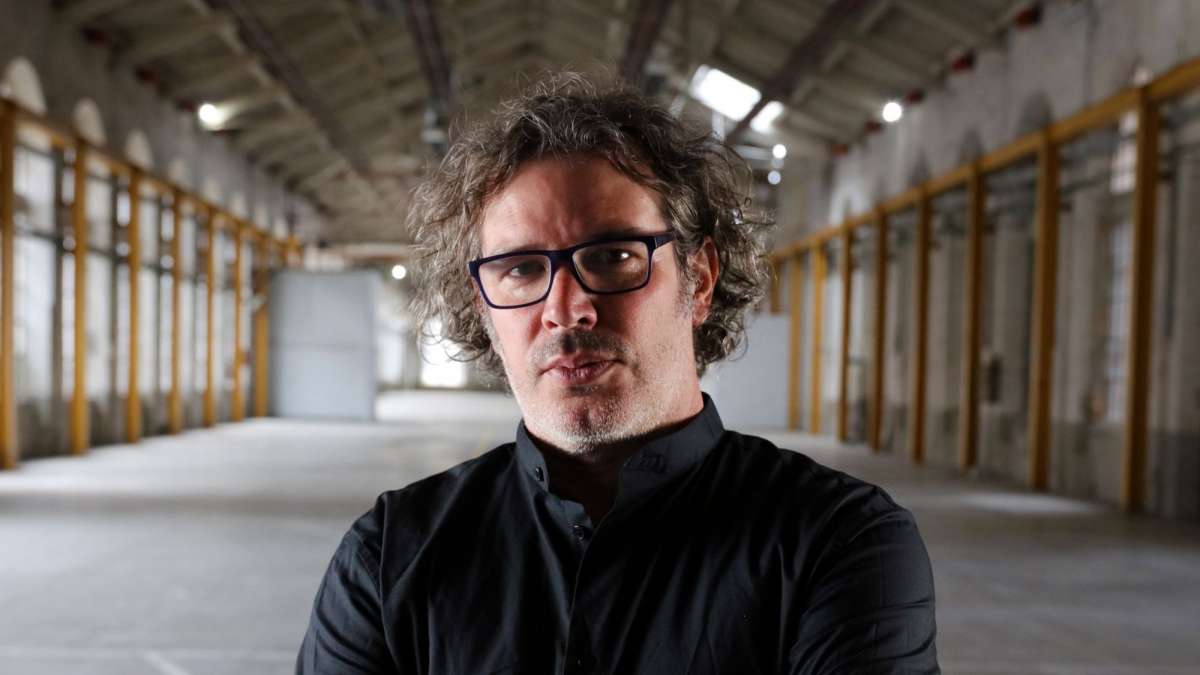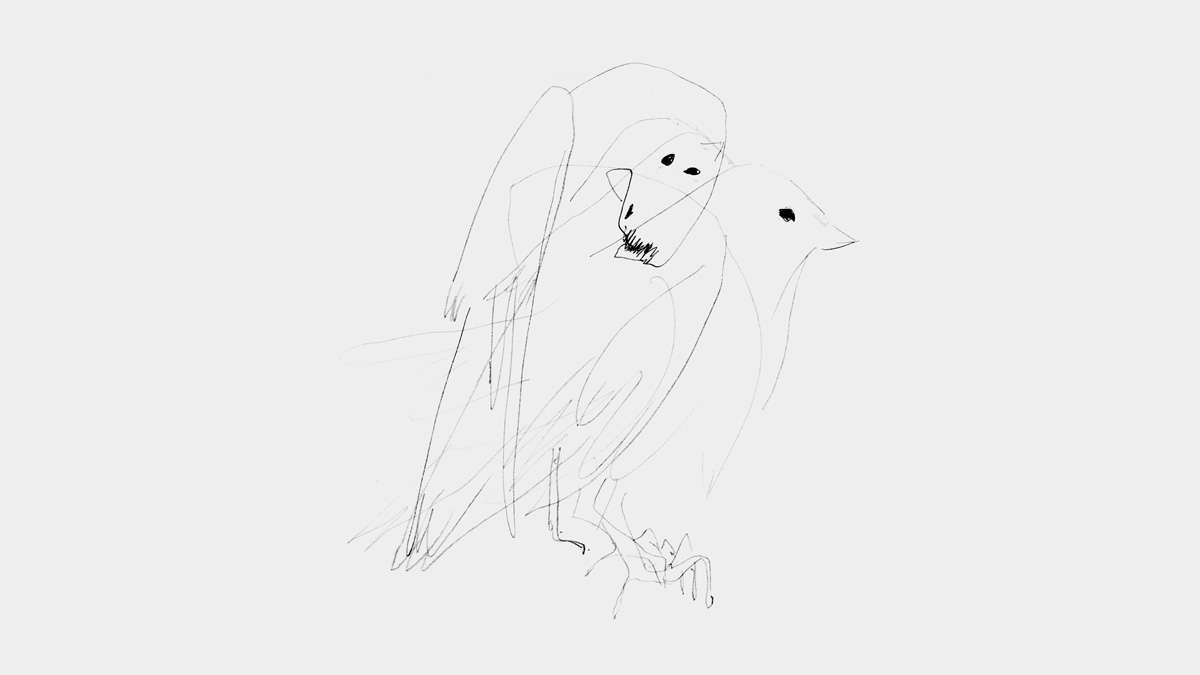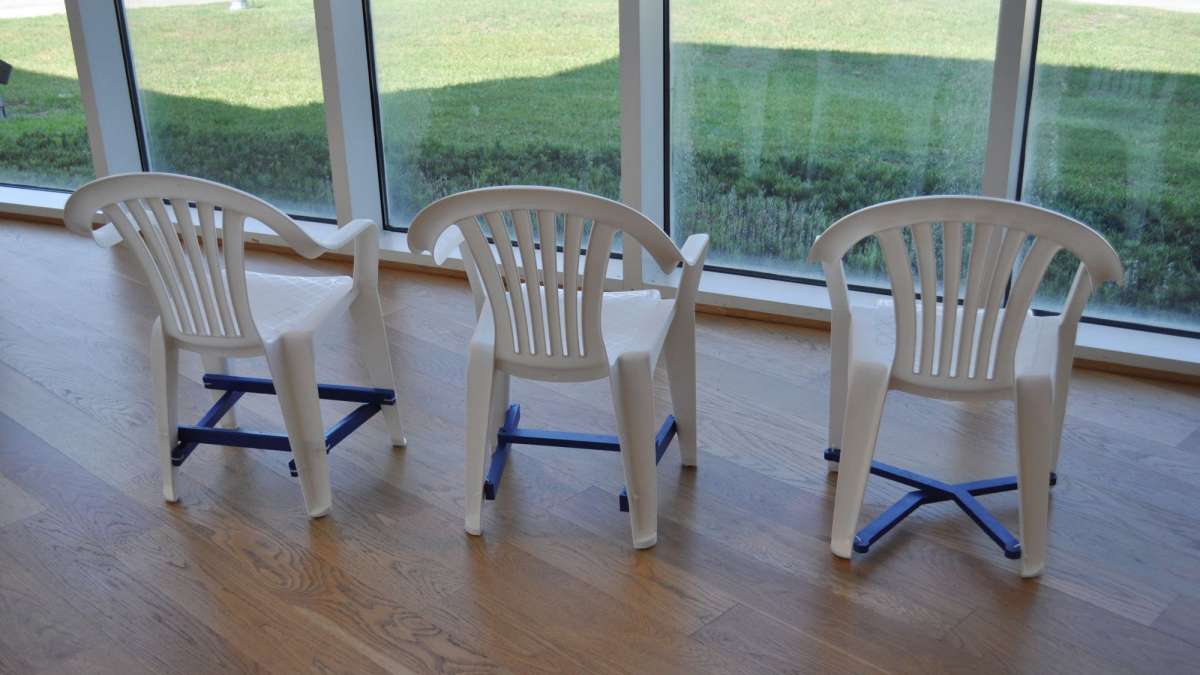
À l’intérieur de la production
Debates on design
Exhibition 6 april - 31 julyÀ l’intérieur de la production (Inside production) is a new kind of exhibition.
Admission is free and it is designed to host debates, provide a space for people to express their views, have conversations and shape ideas on the growing production of objects.
Design, which is a stakeholder in this model, is queried on its capacity to initiate or accompany far-reaching changes in direction in what is produced and how: does this mean producing differently? Repairing things? No long producing things? Putting objects to other uses? Reinventing things?
This exhibition throws a spotlight on research in design by combining concrete, historical and ethnographic investigations, workshops, cultural activities and performances by designers and artists to address this complex issue.
Deliberately moving away from the classic codes of the exhibition, the scenography and the objects presented change according to different uses and the needs of the programme, which is the cornerstone of this exhibition-assembly. The objects often have a dual function.
They are a demonstration of the results of design research, but they are also there to be used and reinvented by the visitors.
The Bibliothèque Z (Z bookcase) designed by Manuel Raeder allows you to consult the two issues of Azimuts magazine that deal with the subject, or the "La navette" newspaper published during the Biennale that navigates between the exhibition and certain secular associations in Saint-Étienne.
This bookcase, .
which consists of easy-to-assemble shelves and interchangeable elements, is designed to be arranged in numerous different ways Along the same lines, the modular, self-assembly lamps designed by David Enon, the smart shade designed by the El Ultimo Grito collective, the repair/correction of white plastic chairs (one of the most mass produced items in the world), the reuse of the Uglycute collective's benches produced with dancers during a performance or the tending of vegetable plots: they all enable the visitors to get involved in making objects and spaces. They are invited to do and make as a source of reflection and to debate the act of production based on our needs.
Russian collective Chto Delat, which is made up of artist, writers and philosophers, has been invited to create a "learning wall painting" and to share its methods and reflections on the subject. Other guest artists, associations from the Saint-Étienne district and Biennale visitors will come together in this exhibition-assembly to help get the ball rolling on a debate about our technico-industrial society and highlight the social and political role played by design.
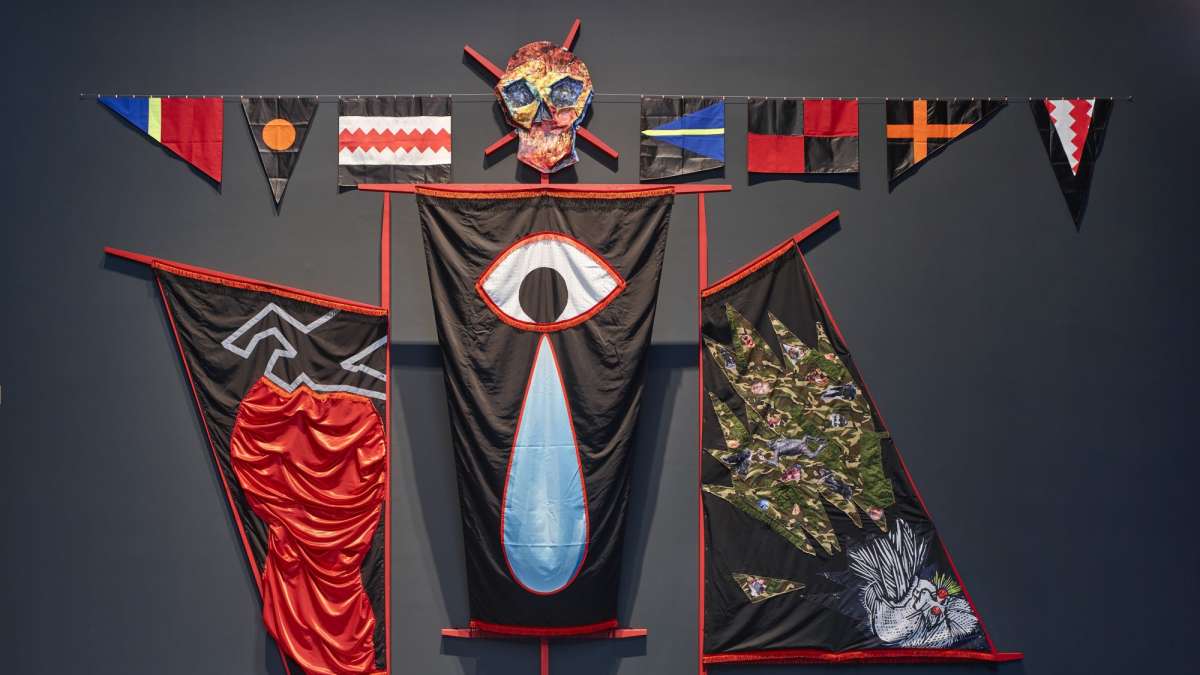
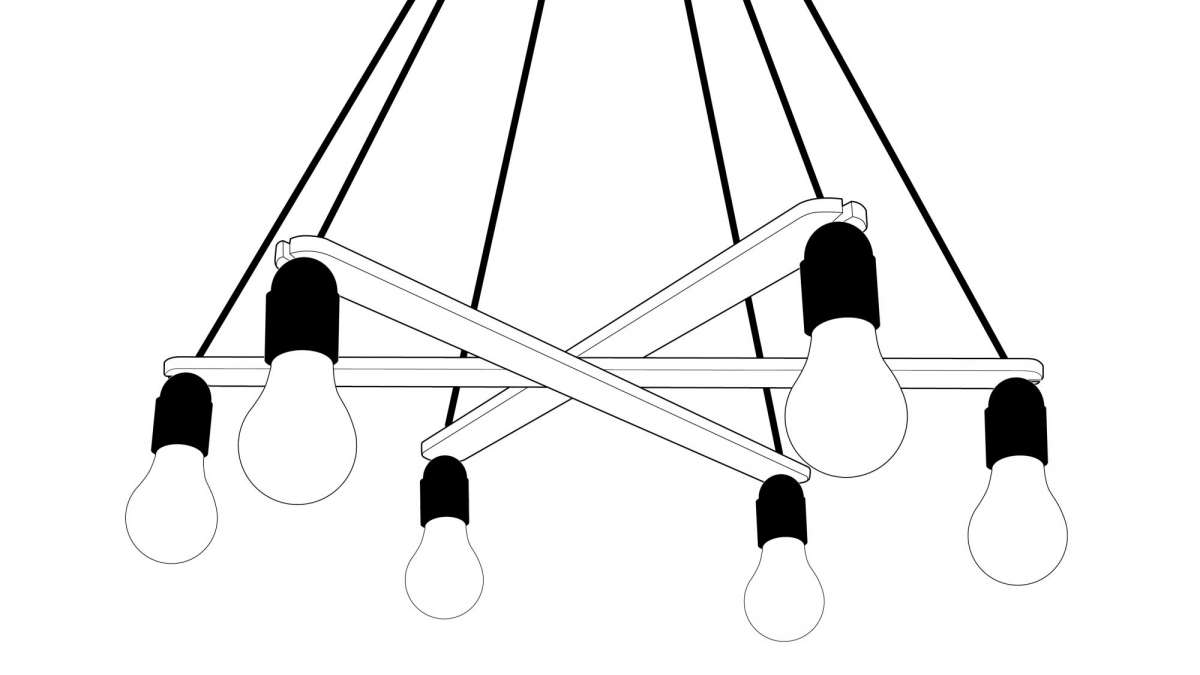
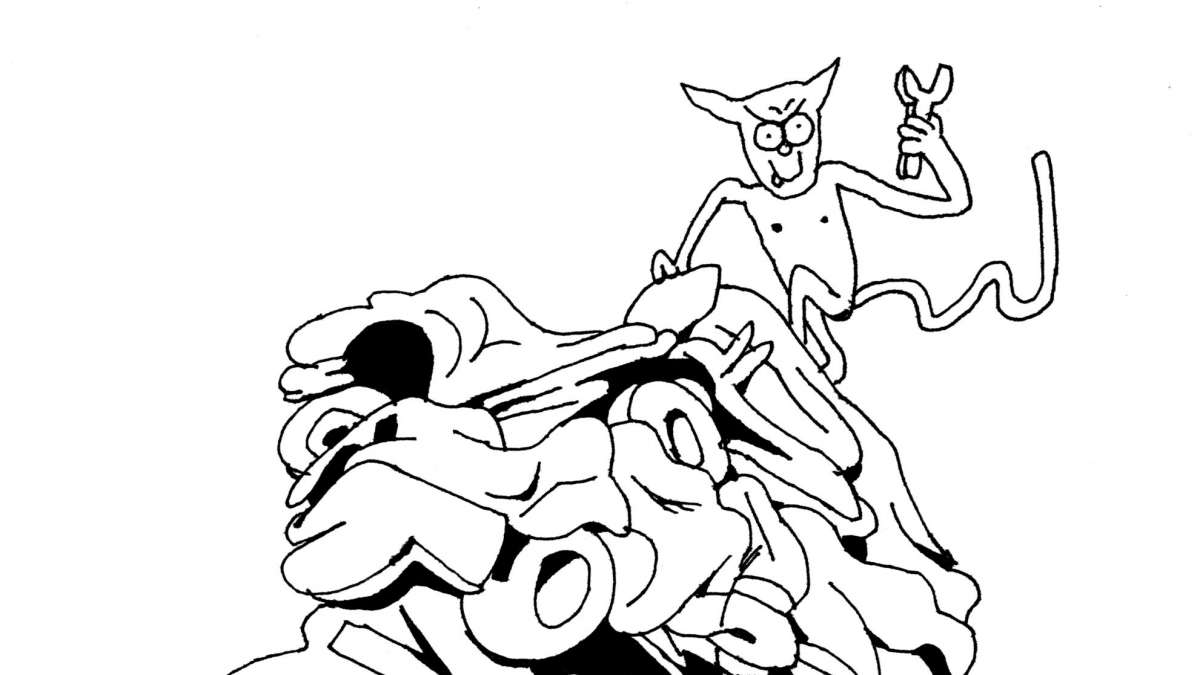

© Delphine Hyvrier
Ernesto Oroza is a Cuban designer and artist, currently responsible for the Esadse post-master's course.
His research focuses on vernacular inventions, radical architecture and production. His work is on display all over the world and in particular at the Groninger Museum in the Netherlands, at the LABoral Centro de Arte y Creación Industrial in Spain, at the Museum of Modern Art, New York, at the Musée des Beaux-arts de Montréal He has published numerous articles and books.
The CyDRe, the Design Research Cycle, is a component of the post-master's cycle at Esadse. Azimuts is a design research magazine founded in 1991 by the postgraduate student researchers.
